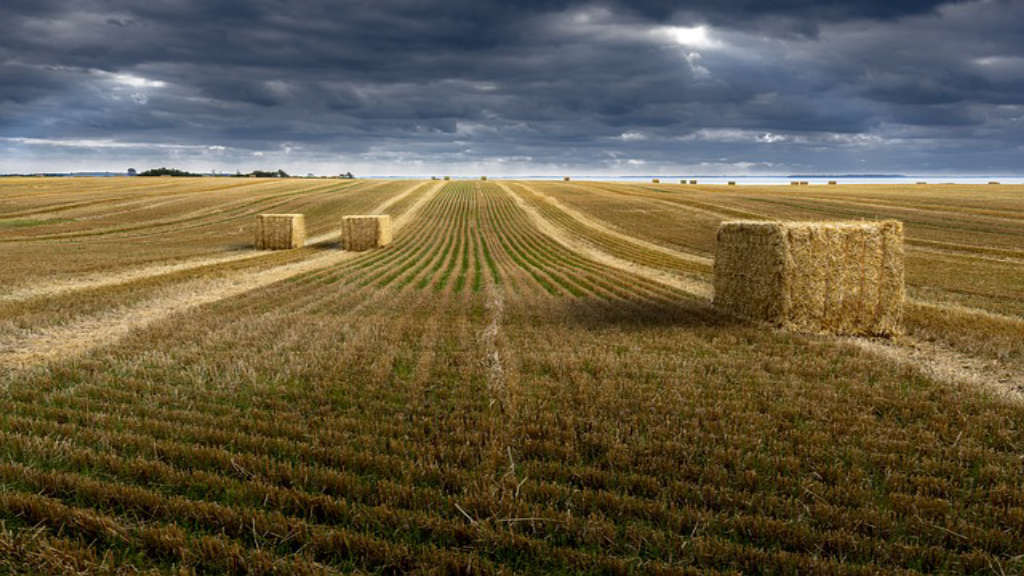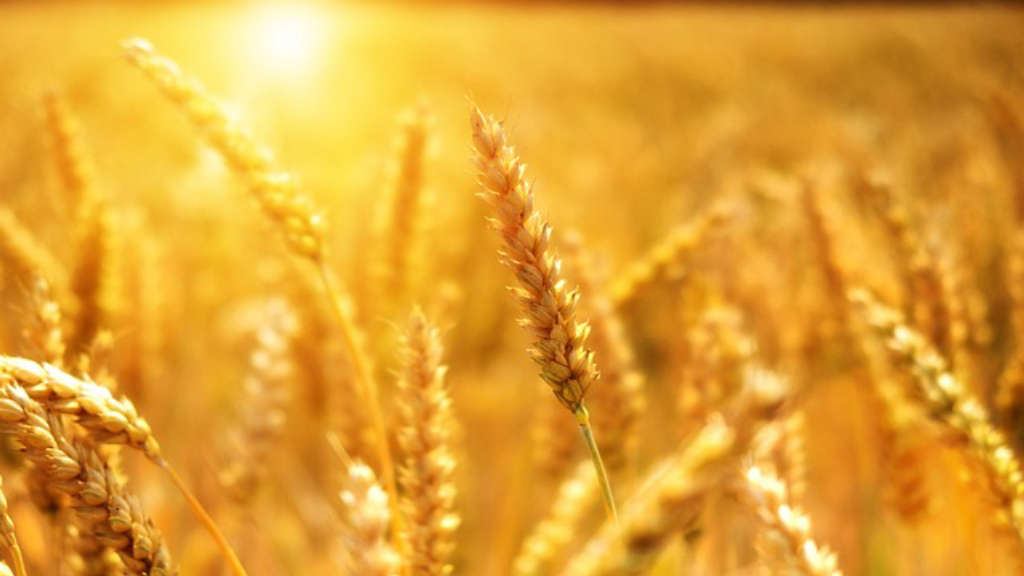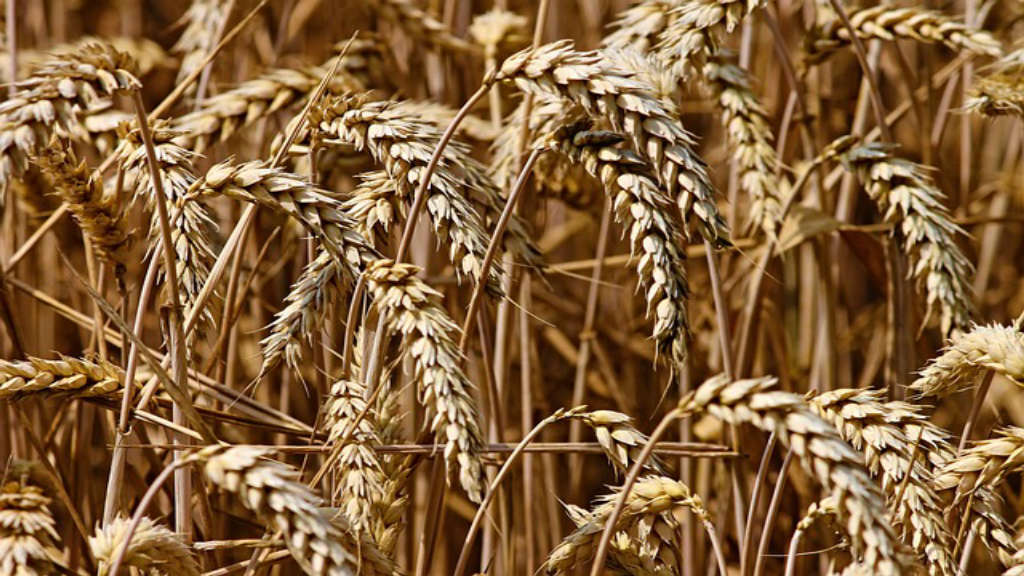In a world where dietary preferences and restrictions frequently come into play, the quest for satisfying meals without gluten can be quite challenging. Fortunately, there is a wide range of wheat gluten free options that not only cater to health concerns but also provide delightful flavors and textures. From hearty grains to innovative substitutes, these alternatives will surely elevate your culinary experiences and ensure everyone enjoys their meals. Let’s dive into some amazing choices that will make cooking without gluten a joyous adventure.
Main Points
- Diverse whole grains to substitute traditional wheat.
- Nutritious flours that enhance flavors in baked goods.
- Creative recipes spotlighting gluten-free ingredients.

Navigating the World of Gluten-Free Grains: Top Substitutes for Baking and Cooking
As the culinary landscape evolves, the demand for gluten-free options has surged. Whether due to health concerns or personal preferences, many people now find themselves exploring alternatives to traditional grains. However, understanding which substitutes truly belong in your kitchen can be quite perplexing. This article aims to guide you through some of the most popular gluten-free grains, highlighting their unique properties and best uses in both baking and cooking.
Understanding Gluten-Free Grains
Gluten is a protein found in wheat, barley, and rye, causing many to seek out alternatives. Fortunately, nature has provided us with a wealth of other grains that lack gluten. Yet, not all substitutes behave the same way in recipes. Some may lend a delightful texture to baked goods, while others are better suited for hearty dishes. Let’s dive into the top contenders:
- Quinoa: This nutrient-dense grain packs a protein punch. Its slightly nutty flavor enhances salads, while cooked quinoa can replace rice in many dishes. Note that it’s essential to rinse it thoroughly before cooking to remove a bitter coating known as saponins.
- Brown Rice: A staple in many households, brown rice offers a chewy texture that works well in casseroles and stir-fries. It is also incredibly filling, making it a satisfying base for meals.
- Amaranth: Often overlooked, amaranth boasts an earthy flavor and is particularly suited for porridge and bread. Its tiny seeds also add a delightful crunch when toasted and sprinkled on salads.
- Teff: This ancient grain is rich in iron and has a subtly sweet flavor, perfect for making pancakes or adding to smoothies. It’s also a primary ingredient in Ethiopian injera bread.
- Millet: With a mild flavor, millet serves as an excellent base for pilafs and can be turned into a creamy porridge. Additionally, it’s a versatile ingredient that can be used in baking for added moisture.
Best Practices for Baking with Gluten-Free Grains
When venturing into gluten-free baking, be aware that gluten gives traditional baked goods their structure and elasticity. Thus, understanding how to substitute grains is crucial for achieving desirable results. Here are some tips to consider:
- Experiment with Blends: Combining different gluten-free flours can yield better textures. For instance, mixing almond flour with coconut flour can enhance moisture and flavor.
- Use Binding Agents: Since gluten is absent, consider using binding agents like xanthan gum or flaxseed meal to maintain the structure and chewiness of baked goods.
- Minding Textures: Some gluten-free grains may absorb liquids differently; adjust your recipes accordingly by adding more or less liquid to achieve the desired consistency.
In Conclusion
Exploring the world of gluten-free grains opens up a myriad of culinary possibilities. While it can initially be daunting, embracing these alternatives can lead to delightful discoveries and flavorful dishes. Whether you’re baking a loaf of bread or preparing a nourishing grain bowl, understanding how to navigate these substitutions makes the adventure all the more rewarding. So, grab your apron and dive into the vibrant realm of gluten-free cooking!

Creative Recipe Ideas: How to Incorporate Gluten-Free Alternatives into Your Daily Meals
In today’s culinary landscape, embracing gluten-free alternatives is not just a trend but a lifestyle choice for many. Whether you are gluten intolerant or just exploring new dietary options, there are countless ways to make your meals both delicious and healthy. The challenge often lies in substituting traditional staples with gluten-free counterparts without sacrificing taste or texture.
Exploring Gluten-Free Grains
When thinking about gluten-free options, one cannot overlook the diverse range of grains available. Quinoa, for instance, serves as a fantastic foundation for various dishes. Its nutty flavor and rich protein content make it a preferred choice for salads and side dishes. But wait, have you tried buckwheat? Often mistaken for a grain, this gluten-free food is actually a seed and can be used in everything from pancakes to hearty porridge.
| Grain Alternative | Uses |
|---|---|
| Quinoa | Salads, side dishes, bowls |
| Buckwheat | Pancakes, porridge, noodles |
| Brown Rice | Stir-fries, casseroles |
Transforming Everyday Dishes
One of the most enjoyable aspects of cooking is innovation. Transforming classic recipes into gluten-free versions requires not only creativity but also a willingness to experiment. For example, if you love making lasagna, consider using thinly sliced zucchini or eggplant in place of traditional pasta. The result isn’t just gluten-free; you’ll find that it adds a unique flavor and exciting texture to your dish.
Another creative substitute is using almond flour or coconut flour in baked goods. These flours can add a delightful nuttiness while keeping your treats gluten-free. However, shifting from regular flour to these alternatives can be tricky. You might need to adjust the ratios to achieve that perfect bake. Don’t get discouraged if the first attempts don’t match your expectations!
Desserts Without Compromise
Who said that being gluten-free means forgoing sweet pleasures? On the contrary, there are abundant creative dessert ideas out there! For instance, you can whip up a flourless chocolate cake using just three ingredients: dark chocolate, butter, and eggs. The result is a rich, fudgy dessert that is sure to impress your guests.
Moreover, consider experimenting with chia seeds for puddings or smoothies. When mixed with liquid, they expand and take on a gel-like consistency, creating a satiating and vibrant treat. Simply blend them with your choice of milk (almond, oat, or coconut) and add your favorite fruits for a refreshing dessert.
In conclusion, embracing gluten-free alternatives in your daily meals offers a world of culinary possibilities. With a pinch of imagination and a sprinkle of creativity, you can not only maintain a gluten-free diet but also enjoy delicious meals that are both nourishing and exciting. Remember, cooking is an art; don’t hesitate to make it uniquely yours!

Conclusion
In conclusion, navigating the world of wheat gluten free options can feel overwhelming at times, but it doesn’t have to be. The choices available today open up a realm of delicious possibilities for those who need to avoid gluten. By exploring various alternatives, you can discover satisfying meals that not only cater to dietary restrictions but also delight the palate. It’s important to approach this journey with an open mind and a spirit of adventure, as you may find some unexpected favorites along the way. Ultimately, embracing these options can lead to a healthier and more enjoyable eating experience, proving that gluten-free doesn’t mean flavor-free.
Frequently Asked Questions
What are some gluten-free alternatives to wheat?
There are several gluten-free alternatives to wheat, including rice flour, almond flour, coconut flour, and oat flour. These alternatives can be used in baking and cooking to create gluten-free dishes.
Can I use gluten-free flour for baking?
Yes, gluten-free flour can be used for baking. However, it may require adjustments in recipes, such as adding binders like xanthan gum or using a gluten-free flour blend for better texture and structure.
Are gluten-free products healthier than regular products?
Not necessarily. While gluten-free products are essential for those with celiac disease or gluten sensitivity, they are not always healthier. Some gluten-free processed foods can be high in sugar or fat, so it’s important to read labels and choose whole, nutrient-dense options.